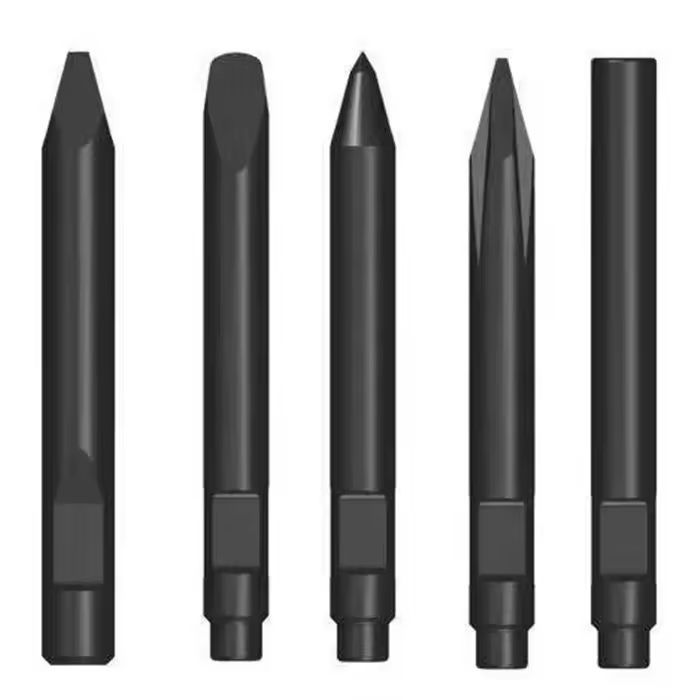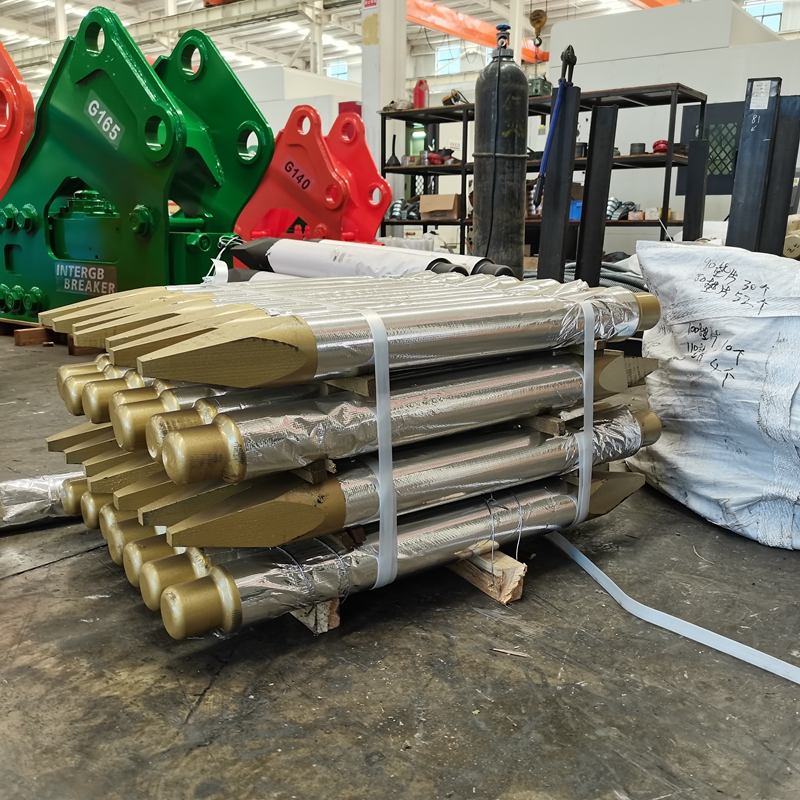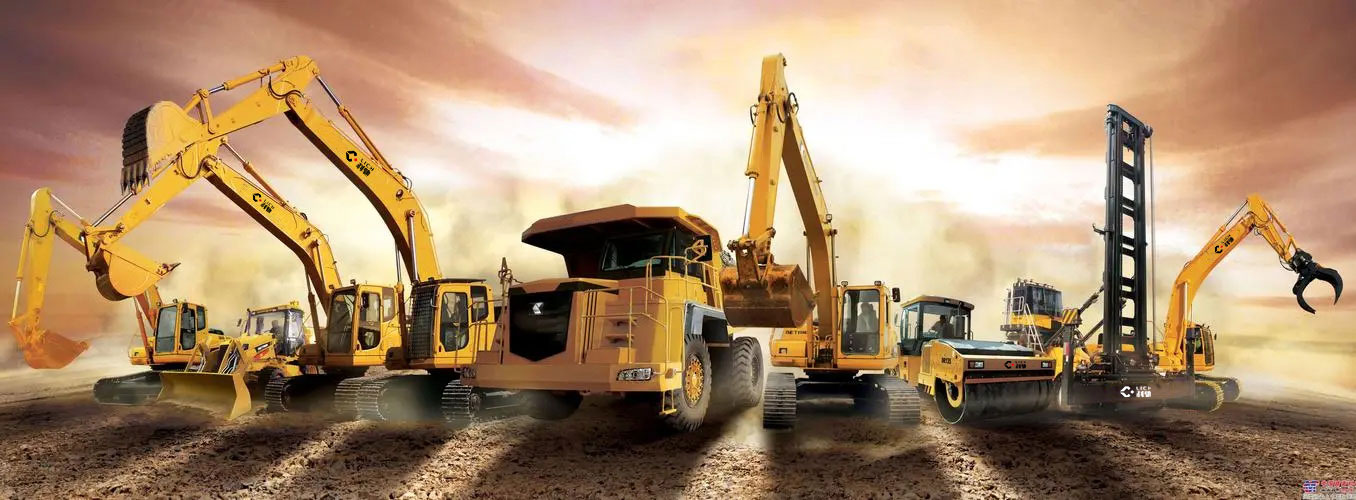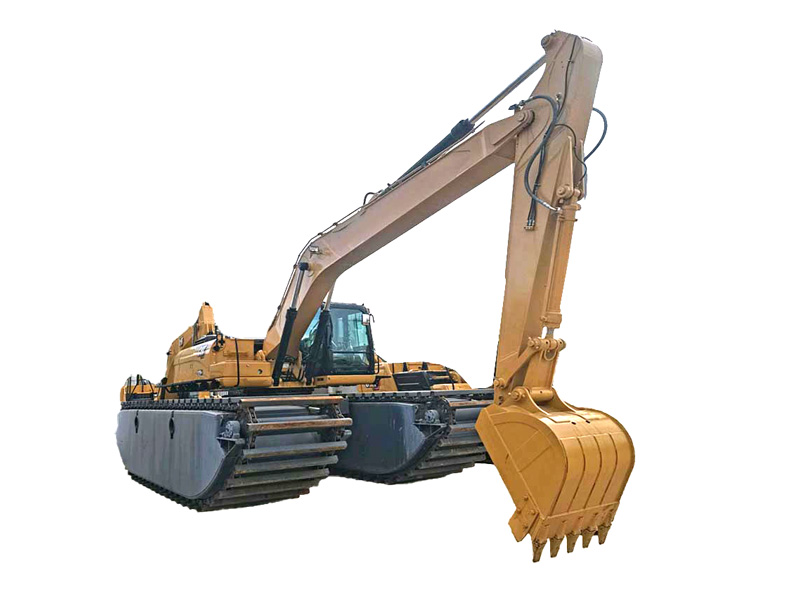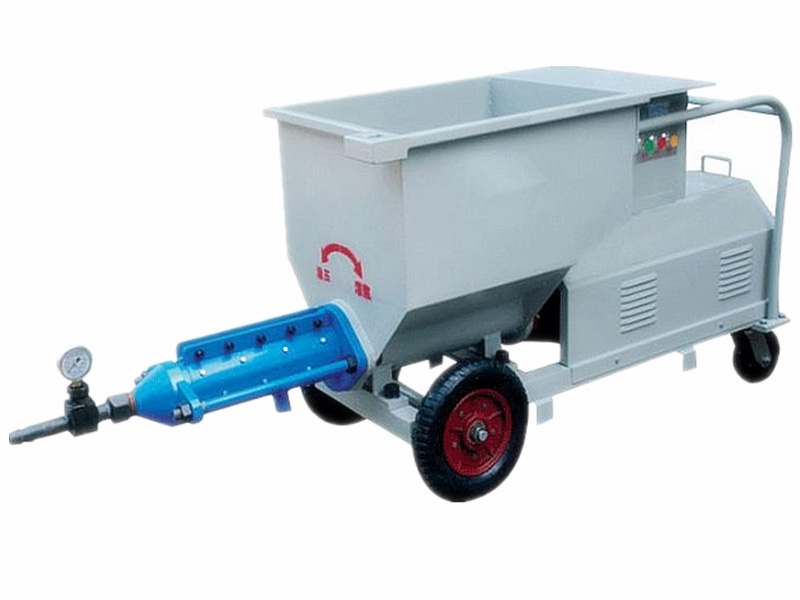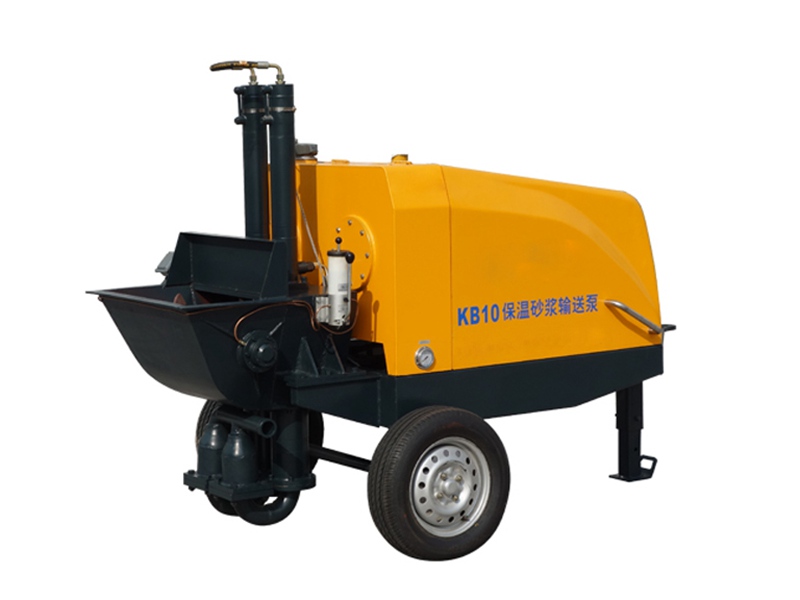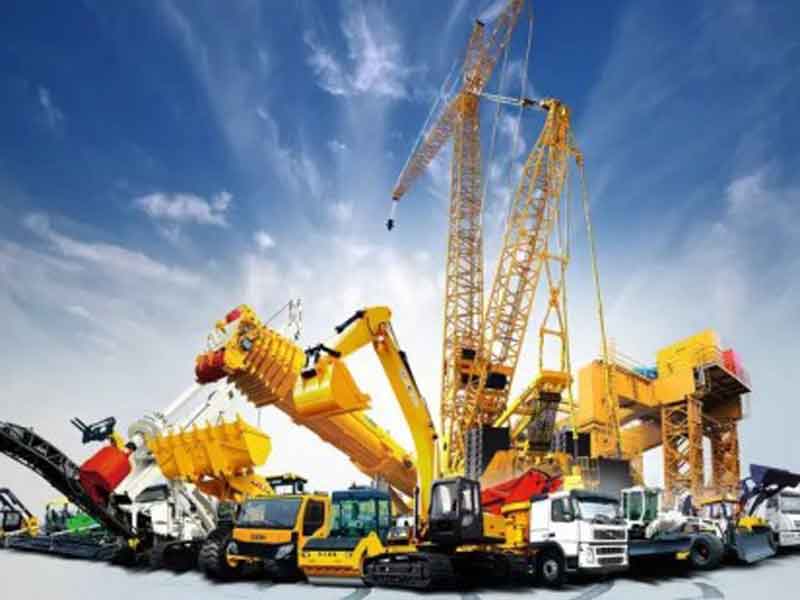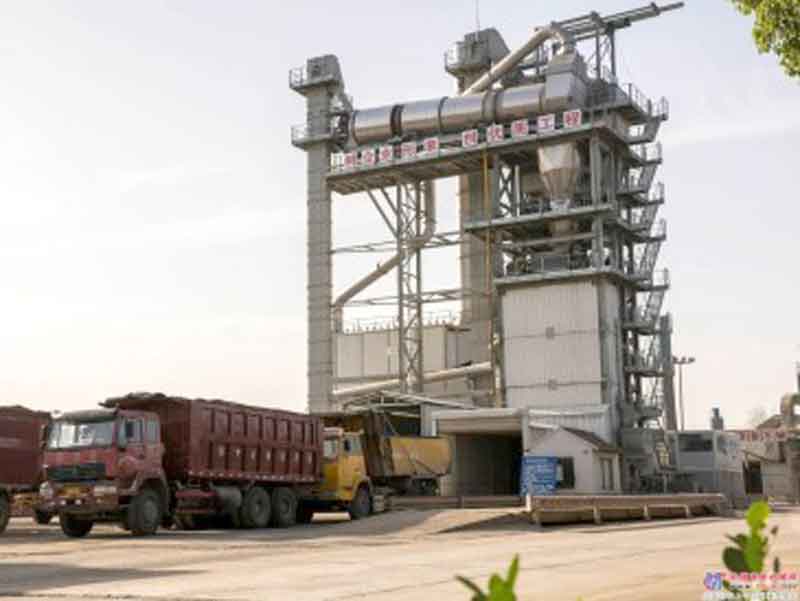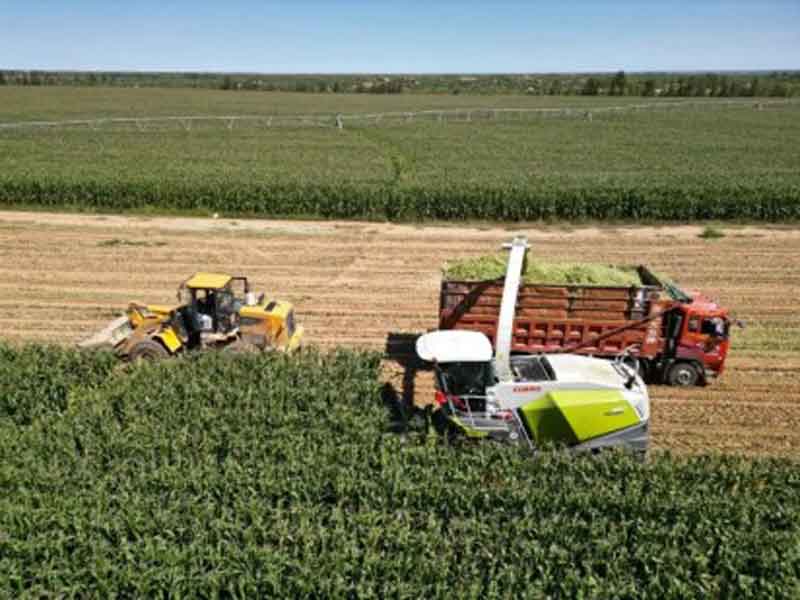Hydraulic breaker hammer working principle and structural composition
Working Principle
Fully hydraulic breaker: With hydraulic power as the power source, the piston is pushed to reciprocate in the cylinder body by hydraulic oil. The piston hits the drill rod at high speed during the stroke, and the drill rod breaks the object.
Hydraulic-gas combined breaker: The piston is pushed to work by the expansion of hydraulic oil and rear compressed nitrogen at the same time, and the impact force of the piston is increased by the elastic energy storage of hydraulic oil and nitrogen.
High-frequency breaker: The hydraulic energy of the excavator is transmitted to the hydraulic motor, which drives the eccentric gear in the vibration box to rotate and generate centrifugal force. Its vertical component is the periodically changing interference force, which causes the shaft to produce radial forced vibration pressure, that is, the exciting force, and then the vibration is transmitted to the bucket teeth by the box of the exciter for crushing.
Structural composition
Hammer: It includes cylinder body, piston rod, reversing valve, accumulator and other components. The cylinder is the main structure of the breaker, with high-pressure oil channels and other structures inside; the piston rod connects the cylinder and the impact head to transmit force and impact force; the reversing valve controls the flow direction of the hydraulic oil to achieve the reciprocating motion of the piston; the accumulator stores energy to increase the impact force.
Drill rod: The component that directly contacts the object to be broken. Its material, diameter, shape and service life directly affect the working efficiency and effect of the breaker.
Frame: It is used to install the breaker on engineering machinery such as excavators and loaders, and plays a role in fixing and supporting to ensure the stability of the breaker during work.
